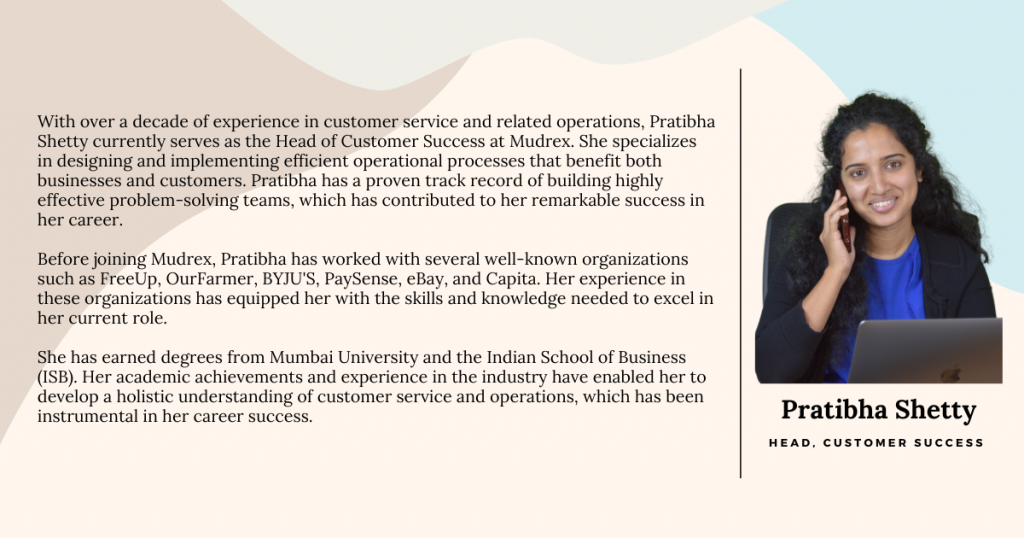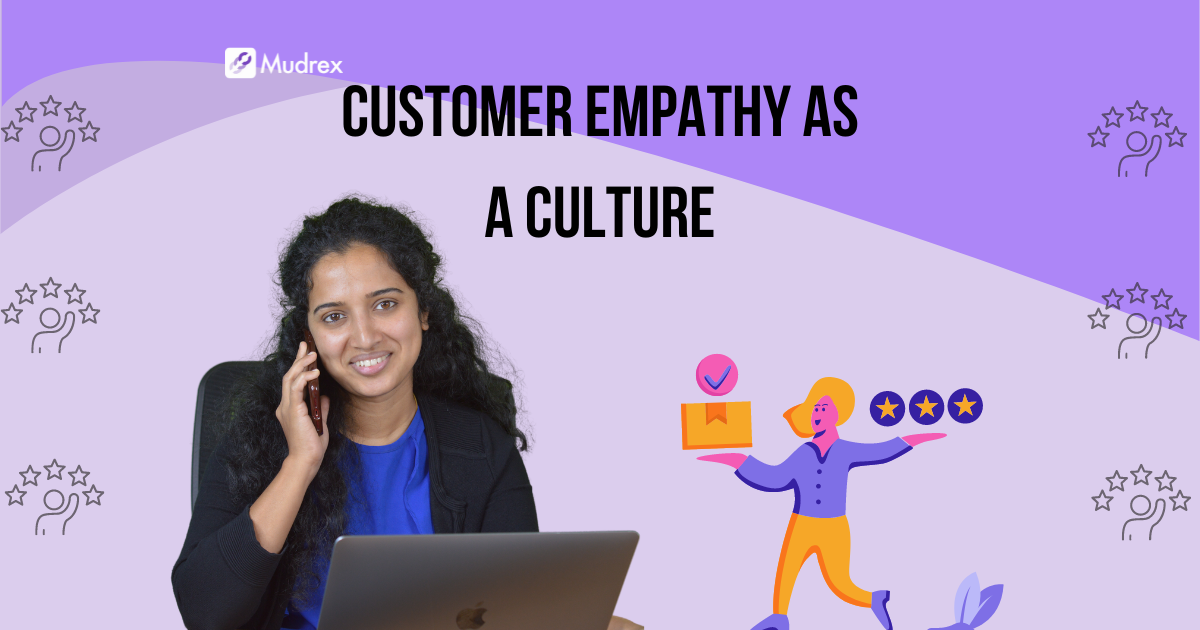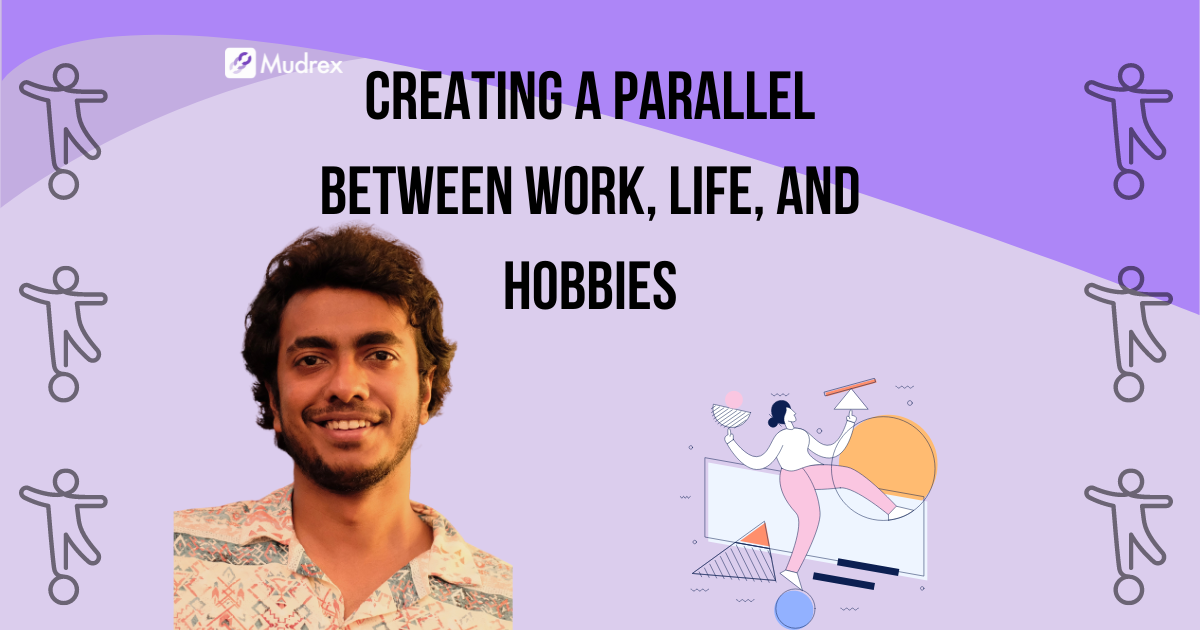Thousands of customers have used Mudrex so far in their lives. How much do we know about our customers? Do they use our product during office hours or when they go to sleep at night? Are they investing to grow their money exponentially or looking to diversify their investments? Do they track their investments daily or let it lie for months and years and not worry about it?
In short, how much do we think about customers while building our business? In this short article, we will discuss the advantages of keeping the customer in mind when we build Mudrex across all departments.
Problem-Solution Mindset
Mudrex started with the mission to improve long-term wealth creation for our customers via crypto.
In the early stage, our customers wanted to grow their assets fast by participating in the fast-growing crypto industry. We built a product and service that helps customers navigate the brand-new crypto world and participate in the growth of the ecosystem without spending the time and effort to learn it.
But over the last several months, the problem statement for our customers is possibly changing. We know that customers are getting cautious about the crypto industry as a whole and the focus is gravitating from fast-wealth creation opportunities to diversification and long-term stability. The customer’s problem is changing.
At this stage, a solution-oriented mindset will let us focus on improving our existing product and service which may not match the needs of the customers anymore. But a problem-statement-focused approach will let us make choices that will help us stay true to our mission.
Criticality for Mudrex team vs. Criticality for customers
What is important to us as the Mudrex team could be very different from what is important to the customers. Let’s take a hypothetical example, Let’s say the customer adds the funds for the first time, and due to some delays in the bank processing time, the funds hit the customer’s account 10 minutes late. From Mudrex’s pov, it’s a standard 10 mins for all customers, it’s not a long time and is not worth spending so much time to address this problem.
But from a customer’s POV, this is probably one of the most trust-generating steps in their lifecycle. They added their hard-earned money to a new service they’ve not used before and the money is missing. This will cause them to panic and will eventually make them reach support. This is a bad experience from the customer’s POV.
So what might be trivial for us could be a game changer for the customer. Having that empathy and spending time in customers’ shoes will make a world of difference in improving our service.
So, where do we start?
Most organizations agree with the customer-first approach but things get lost in the day-to-day operations. So it’s essential to put some basic framework around keeping this as a practice if we want to develop empathy towards customers.
A few suggestions are below.
- Know the customer: Keep a strong record of the customer’s profile, their day-to-day life, and problems. This will enable us to group individuals according to their behavior and expectations and direct them toward the value that is relevant to them. Make it public, and easily accessible, and keep constantly updating it.
- Keep the customer top of mind: Start the discussions from the customer’s perspective (almost) every time. Every discussion should start with the statement — “What is the customer’s problem?” This will help us avoid distractions and focus on the core problem.
- Talk to customers: Simply talk to customers more. Many times we get great insights from customers when we least expect it. Keep your questions open-ended and let customers talk.
When not to listen to a customer
While the general rule of having customer empathy builds great organizations, it’s good to be aware of when not to listen to a customer. There are no hard and fast rules for this other than having simple good judgement.
There might be situations where the company’s goal might deviate from the customer’s goals or the customer’s problem might be something that we do not want to solve. In those situations, we objectively should choose not to listen to customers.





